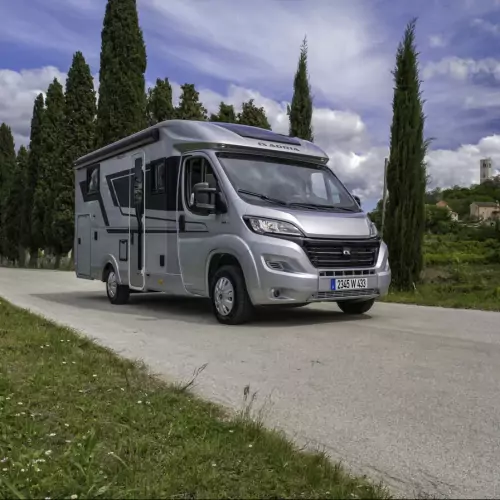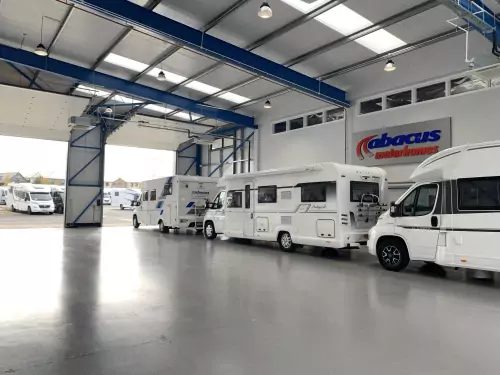Hire Information
Planning Your Holiday
Don’t worry if you have never holidayed in a motorhome before.
All our motorhomes combine the latest technologies with comfort and practical design. Our motorhomes are easy to drive, and easy to park, but you do need to remember that they are larger than the average car.
Below are some useful tips to remember:

Choose your destination
There are literally thousands of destinations to choose from, so a little bit of research will ensure you find the right ones for you.
Remember though, motorhomes are not able to park overnight on the roadside in most areas, therefore it is best to pre-book a campsite pitch.
First Night - don’t book your first night on a site that is too far away.
Last Night - you need to be back with us by 10.30am, so give some thought to your last nights camping – most campsites for example have a locked gate policy throughout the night, so if your planning to be up and on the road by 5am, you better check that you won’t be locked in!

Plan your route
Satnav systems are all very well, but always check before leaving whether your chosen campsite suggests a particular route to the site and stick to it even if it doesn’t match your satnav’s directions.
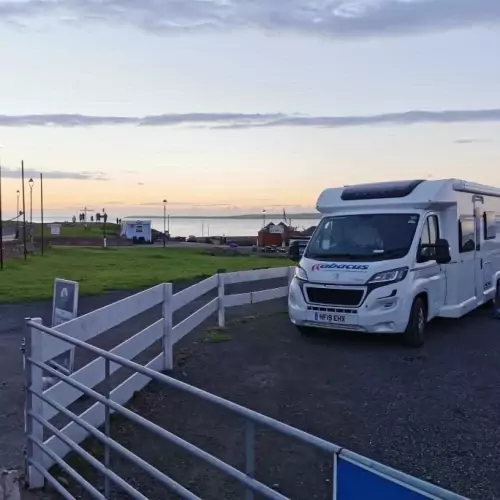
Pack everything you need
Unlike other hire companies our prices include most things you’ll need at no extra cost. You can see the full list of Included Extra’s by clicking here.
Bedding and towels are available to hire, or you can bring your own. You can see the full list of Optional Extra’s by clicking here.
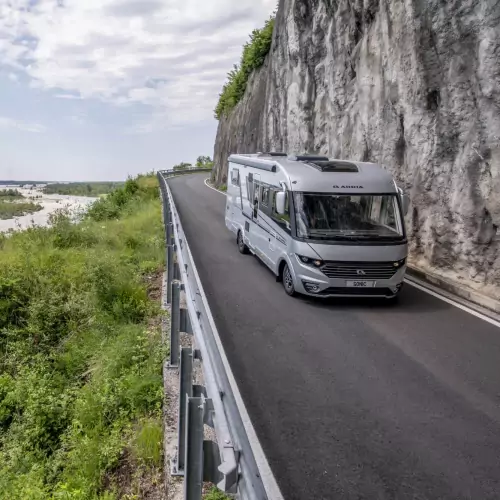
Driving
When you’re out and about you’ll need to give yourself more time and space for everything.
It’s best to brake earlier than normal and accelerate more slowly than you would in a car.
The extra length of your motorhome means you will need to take corners more widely than normal so the back doesn’t clip the kerb or cut the corner.
A motorhome is a high-sided vehicle, so be aware of high winds and remember the buffering a motorhome can cause when over-taking cyclists, motorbikes and horses.
If you find traffic is building up behind you, pull over at a layby or other suitable place and let the other vehicles pass.
Legal speed limits may be lower than in a car. Check before you set off.
Take advantage of the comfortable, high driving position and build your confidence by driving steadily.
Look out for low hanging branches and other overhead obstructions.
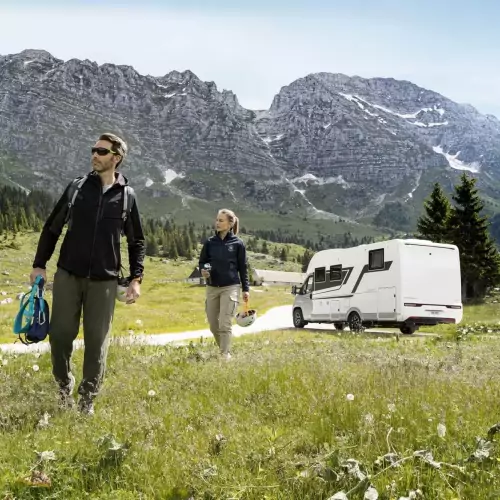
Parking when out and about
Parking is easy with the motorhome’s well-placed mirrors.
Park carefully where you won’t cause an obstruction.
Many car parks have height barriers, so remember to check how tall your motorhome is (all our motorhomes have the height displayed on the windscreen).
Ensure you have enough space around you to manoeuver the vehicle easily – use the motorhome’s well-placed mirrors and consider asking your passenger to guide you from outside the vehicle.
Supermarket car parks are often ideal as they are large and usually in a convenient location.
Remember that motorhomes are generally not allowed to remain in car parks overnight.
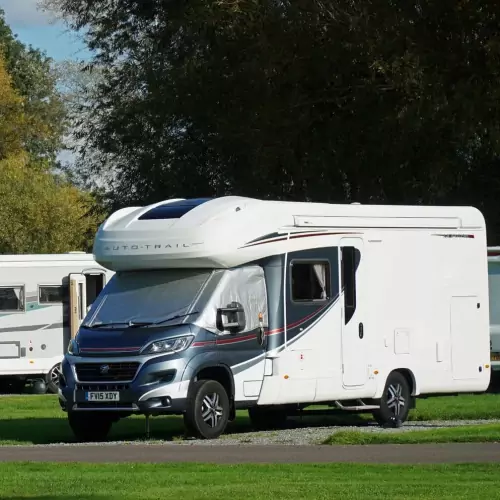
Choosing a pitch
If you have a choice of pitch its always worth taking time to decide where you’d like to stay.
Do you want to be near the amenities? It could be convenient for trips to the loo or washing up but can also lead to more people walking around your pitch.
If you have small children you may want to be close to the children’s play area, but remember that other children may be playing there when your’s are trying to sleep.
Hedges and other motorhomes can offer shelter from high winds on exposed sites.
Trees, although offering shade, can drip sap over your motorhome and belongings. Rainwater will also drip long after a storm has finished.
Choose flat hardstanding ground wherever possible, it will mean that you don’t need to use the ramps under your wheels to level the motorhome.
Rainwater has to go somewhere, so try to make sure it doesn’t travel or sit outside the front door of your motorhome.
